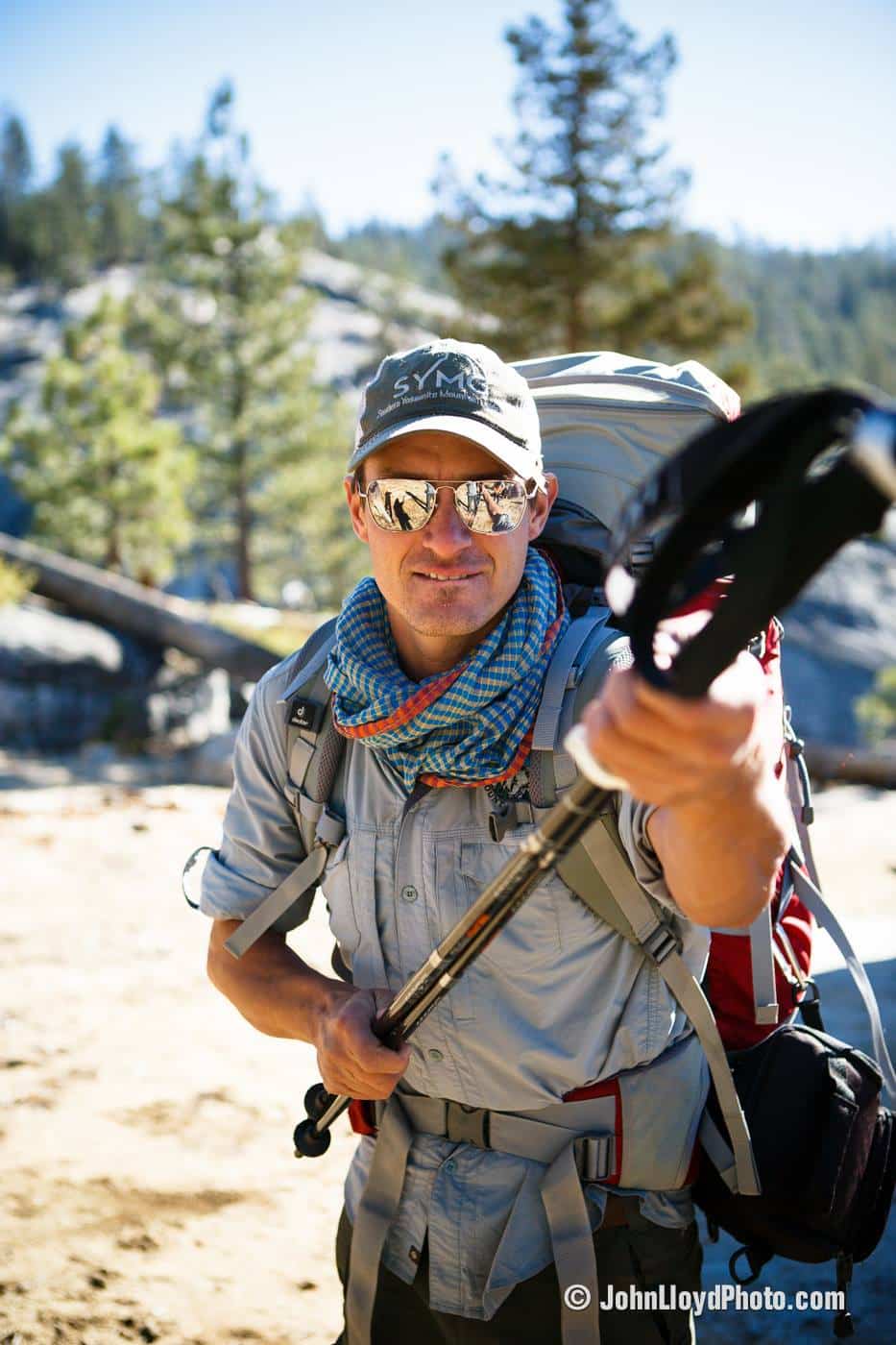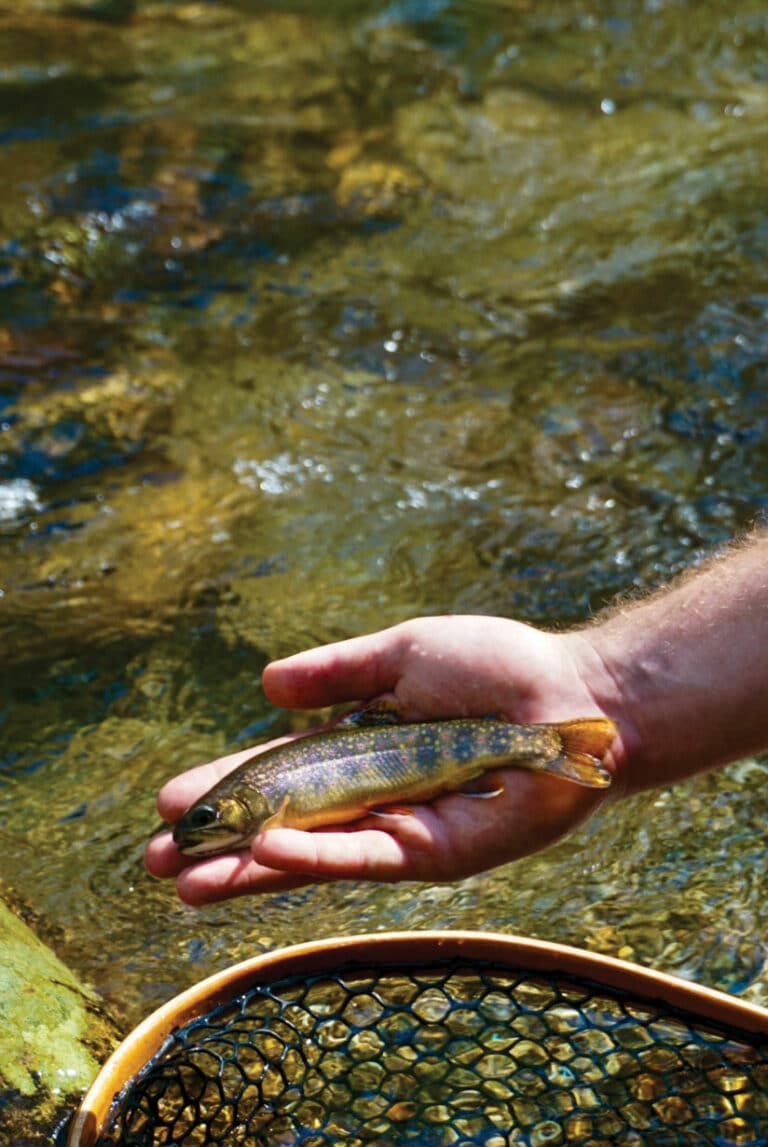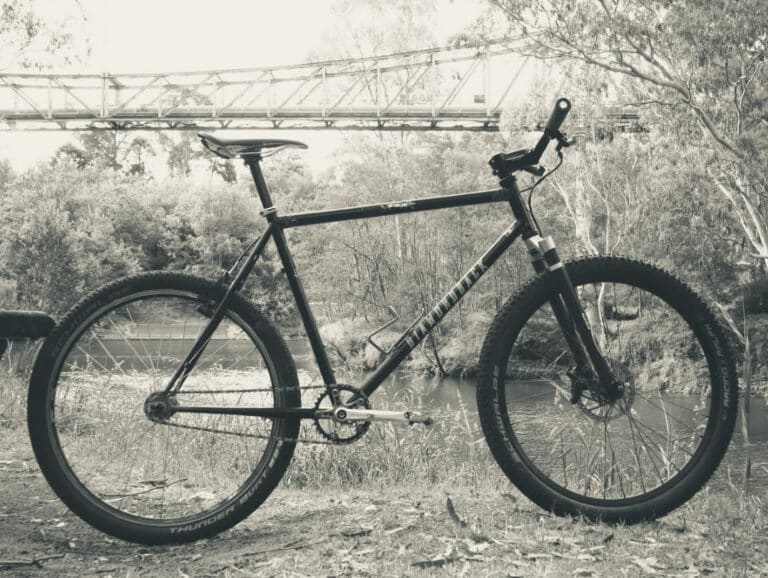Originally Published on ElevationOutdoors.com
One of the most basic outdoor skills is packing a backpack properly. It is also a skill that I find many people don’t really know how to do correctly. But there are myriad benefits to getting it right if you follow a few simple guidelines.
There is a lot more to packing a backpack than just shoving all your belongings inside and hitting the trail. Done carelessly, a pack might feel awkward or uncomfortable. It could cause back, hip, or shoulder pain. You might not be able to find the things you need in a poorly packed pack without unloading the entire thing every time. You’re likely to lose efficiency as you fuss with the pack and its contents throughout the day too, which is frustrating and takes your attention away from the beautiful mountain scenery you came to experience. In a group setting, you might find that your companions become frustrated too, as they repeatedly wait for you to organize yourself. With just a little extra thoughtfulness and care, you can be a backpack-packing champion whose life on the trail is measurably easier and more comfortable.
The ABC’s of packing a backpack provides a simple framework for getting it right:
Accessibility
When I think about accessibility, it is really efficiency that comes to mind. Imagine spending time at each rest break digging around for a buried item. In emergency situations you certainly don’t want to lose any time locating and extracting the first aid kit. And when poor weather strikes unexpectedly the last thing you want to do it expose all of your gear to the elements just to find your rain jacket. As you pack your backpack, keep these things in mind. I like to put the things I’ll need in camp down at the bottom, while the things I will need during the day are closer to the top or in outer zip pouches. Those would-be things like snacks, lunch, eating utensils, water filter, map and compass, a warm layer, and perhaps my camera. Of special importance are the first aid kit and rain gear. The Deuter ACT Lite 50+ pack that I use while guiding has a zipper at the bottom that offers immediate access to my first aid kit. I don’t expect to need it during the day, so it can live inside the pack, but it’s very accessible if something terrible happens. I like to keep my rain jacket near the top of my pack, just under the lid.
Balance
Balance relates to comfort. No matter if you’re on a cruiser trail in Shenandoah National Park or tacking the rocky passes of the Colorado Trail, a balanced pack will ride nicely all day and allow itself to be adjusted well to your body. Here’s a good format: medium-weight stuff goes at the very bottom of the pack, and near the top. Heavier stuff like food and kitchen kits go in the middle and against your back. That will keep the pack from levering backwards on you. The lightest stuff goes on the top, on the interior backside of the pack, and in the outside pockets and lid. As you pack everything, be sure to fill all the little air spaces up. This will prevent shifting and unbalancing once you get moving.
You can also finesse the balance of the pack after determining what type of trail you’ll be on (by referencing your topo map.) If you have big uphills for most of the day, or if the trail is level, then a good strategy is packing the heavier stuff a little higher in the pack. That’s because it will carry nicer when you naturally lean slightly forward on these types of trails. If you’re on rocky terrain or have a lot of downhill, then your balance is an issue and a top-heavy pack is not a good idea. In that case, you’ll want to pack the heavy stuff slightly lower.
As you place your gear in the pack, think about weight symmetry. When one side it too heavy, or if the weight is too far back, you’ll be constantly fighting the pack to stay upright and centered. That causes back, shoulder, and hip issues – and no one needs that.
Compression
This is a big one that lots of people miss. The goal with compression is to keep the contents of the pack from shifting around as you hike. Proper compression ensures the pack rides nicely and can be adjusted comfortably. Compression maintains the balance that you envisioned in the previous step. Before you put anything inside your pack, release all the buckles and cinches. Once you’ve thoughtfully placed your gear inside, then cinch everything up tightly. Dangling straps are a tell-tale sign of a novice backpacker! More importantly, if you have dangling straps then they aren’t doing their job, and you’ll likely run into shifting issues, which quickly leads leads to discomfort and chaffing.
Additional tips:
If you have an old-school external pack then items like your sleeping bag and tent go on the outside (ideally in waterproofs sacks). If you have an internal frame pack, then it is designed to carry best with most everything inside (especially the bulky tent and sleeping bag). If you’re pushing the limit of space available and your tent must go on the outside, then place it under the top lid; strapping it to the bottom will most likely cause the pack to rotate inward, leading to lower back pain. Lightweight foam sleeping pads, on the other hand, do very well strapped to the outside of any pack.
Tents and sleeping bags are medium weight items that can live in the bottom of your pack because you do not need them during the day. I prefer no stuff sack for the tent, instead packing it around and on top of the sleeping bag to use up any extra space.
As a guide, I’ve seen way too many tent poles broken over the years by people who drop their packs onto poles that are strapped to the outside. Instead, place the poles upright in the pack, right against the corner of the frame for protection.
If my tent gets wet in the rain then I pack the fly on the outside of the pack so the rest of my gear doesn’t get damp or wet. Either stuff it in an external pocket or roll it up and place it under the lid. If the rain ceases, then you can dry out the fly easily when taking a rest break.
Filling a water bladder that lives in a larger backpack can be challenging and it often needs to come out because all the other gear inside the pack compresses it. In order to get the bladder back in, other gear then needs to be pulled out, which is annoying and inefficient. Personally, I just use water bottles with my larger packs and save the bladders for smaller packs that are easier to organize.
Forget all the stuff sacks. How much organization do you really need inside a backpack? Since balance and compression are so important it is often best to pack soft items like clothing around other items like the kitchen kit and food bags (or bear can). Fill up all that extra space to keep the contents from shifting. If you are a die-hard stuff sack user, then keep them loose (not compressed) and try to mold them around other things.
Colby Brokvist is a professional guide who leads worldwide expeditions for some of the most acclaimed companies in adventure travel. When not working in far-flung destinations, he designs and facilitates guide training programs and is the Chair of the Polar Tourism Guides Association. His upcoming book “The Handbook for Professional Guides” is due out in winter/spring of 2022.
Photo by John Lloyd Photo








